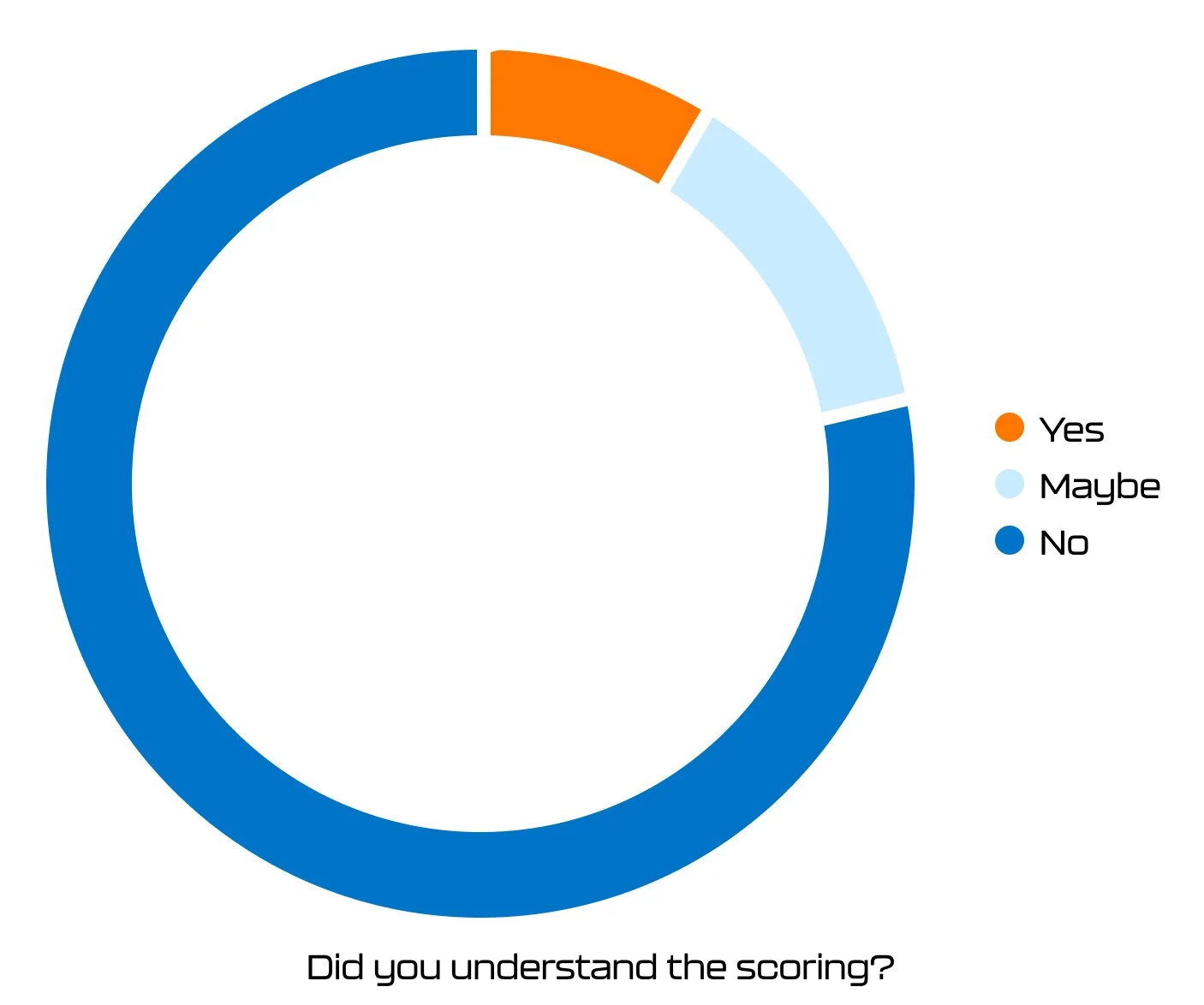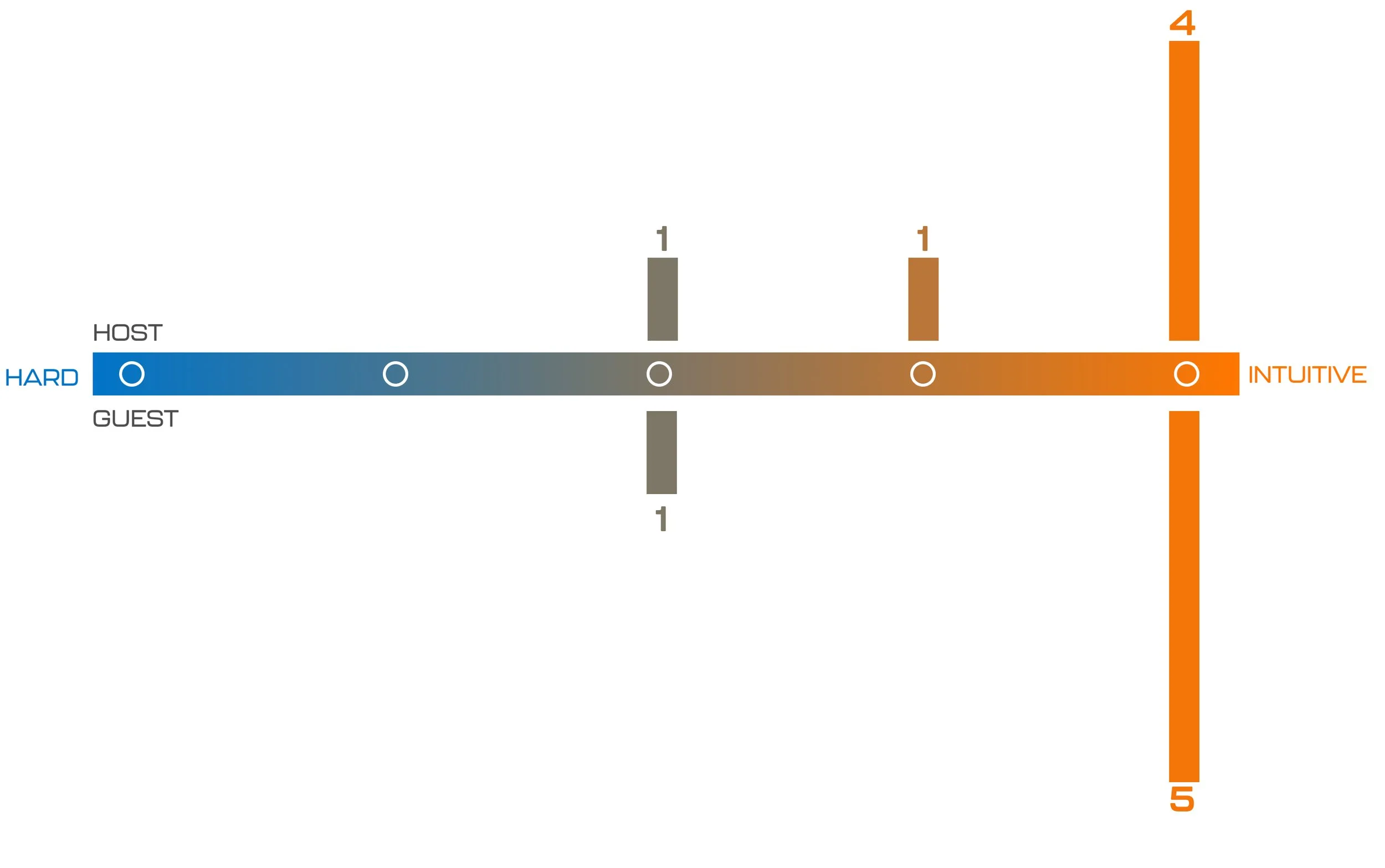
PGA Jr. League Safari Par-Tee
PGA Jr. League Safari Par-tee creates a fun, kid-focused AR Golf Game for the PGA Jr. League, leveraging Niantic’s latest lightship technology. It includes both multiplayer and single player modes.
Client:
Time:
3 months
04.2022 - 07.2022
Tools:
Team:
UX Designer(Me)
UI Designer, Developers, Project manager, 3D Vendors
Achievement:
Nominated in Niantic Lightship Summit
4.9/5.0 Rating in App Store
Project Process
This is a short-term project where I was responsible for designing the usability testing and iterations based on testing results.
GOALS
This is a game that let players play golf solo or with their friends anywhere together in AR.
This game needs to be fun, replayable, educational and cooperative.
The target users are children from 5 to 15, so all the user flow, language and play durations should be kid-friendly.
Golf
&
AR Multiplayer
Single player Mode:
To streamline the user journeys, I crafted out the user flows for both single-player mode and multiplayer mode. As in the journey map, kids will face usability issues mainly in the first-time player experience.
During testing, we paid more attention to permissions, onboarding and scoring logic.
Multi-player Mode:
In multi-player mode, the preparation steps are complicated, including AR setup, multiplayer lobby and avatar selection.
So more attention was paid to Permissions, AR setup, multiplayer lobby and onboarding.
Based on the user flows above, usability testing goals are defined below to ensure both usability and playability of the game:
Do users understand how to start the game intuitively?
Do users learn golf from the game?
Do users find this game fun to play?
Do users find this game too easy/hard?
Do users build healthy relationships by playing the multi-player game?
What is the motivation for users to replay?
Invite/ Invite
Permissions
Onboarding
Replay-ability
Game Design
Understandable Scoring
MVP Definition:
After concluding all the testing goals, the scope of the testable MVP is defined as below:
Methods:
Recruitment: The client, PGA Jr. League, recruited their members, so all participants are familiar with golf and have a base knowledge of golf terms.
Participants: The test was conducted in person with 11 children ages 5-13 at the Brentwood Country Club of Los Angeles.
Test arrangement: 2 Children at a time played 1x1 multi-player first and then single-player games.
Results:
The high-level result is that the game is fun and liked by most kids. 9/11 players would like to play this game again.
single-player mode:
In terms of the single-player mode, 10 out of 11 players rated it 5 out of 5 and said this game was very fun. Only 1 player rated it 4 out of 5.
From observation, most users had no trouble during the game and did not need any assistance from the instructor. During the multi-player mode, players did help each other understand the invite flow.
The biggest difficulty exists in making shots. The gesture onboarding was not clear enough. Users are supposed to pull back and aim, however, most kids would swipe up and expect the ball to follow their gesture.
Placing the course was also a little bit troublesome because the course was too big although the test happened in a big empty conference room.
One player found the wind level very challenging but this player also mentioned that it was hard and fun.
We were concerned about the scoring system is too complicated and players might not understand the relationship between Par and Star.
The test result did show that players were confused by the scoring system and another solution is needed.
Multi-player mode:
In terms of the multi-player mode, it turned out that most users found the game to be fun and intuitive. It did take the host a longer time to figure out the AR setup and control the game process.
There was a healthy relationship between players during the multiplayer mode. Before the game started, hosts and guests helped each other understand the game. And during the game, they began to compete against each other.
After collecting and prioritizing all the insights from usability testing, The most urgent and concerning issues include:
Gesture onboarding: most players had trouble understanding the swiping gesture.
Scoring logic: most players did not figure out the logic between Par and Star.
Level design: Meadow turned out to be the easiest level and desert was the hardest. Players want to see the score for each level and replay certain levels to get a better score.
Issue 1: Gesture onboarding
Instead of asking users to practice before the game, users practice in the first level.
A hand animation with a swiping route illustrates the gesture. After the animation is over, the coaching prompt shrinks to the bottom right corner as a coach button. Users can replay the animation by tapping the coach button.
Issue 2: Scoring logic
In-game score: In the test build, users see the number of hits/all targets/shot strokes in each level. Par number is written on a 3D board in AR. In the final build, the Par number is shown together on the top bar, in this case, information is organized in clean order.
Single-player scoreboard: At the end of each single-player level, users used to see how many stars they get and the scoring logic separately. And in the final build, users see the scorecard with their performance together to build a connection between the score and the logic.
Multi-player scoreboard: At the end of the multi-player game, the final result was shown as a chart. In the final build, we got rid of the redundant information and only show the detailed score and final result.
Issue 3: Level map
The levels map is designed as a scrollable map of different holes in a big golf course. Users can unlock and go to the next hole after they finish all the previous holes. There is a star score for each hole that motivates users to replay and get a better score.
Compared with the old map, it is more straightforward and shows more fun upfront. Together with the scoring system, The game re-playability is increased.
What I have learned from this project?
Screen-based information is more instructive and less interactive than world-based information.
Games can be hard, but it needs to be fun at the same time. Levels should be designed properly to introduce users to go from easy to hard.
Before usability testing, the team need to define the goals of testing and the scope of the MVP accordingly.


























